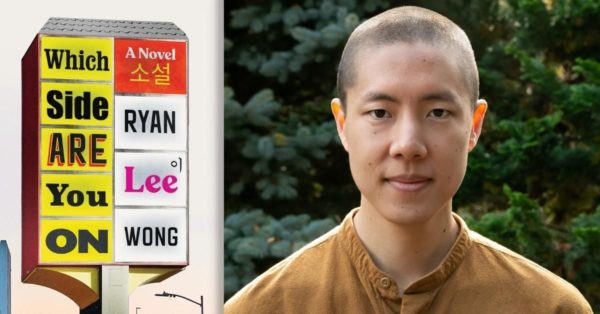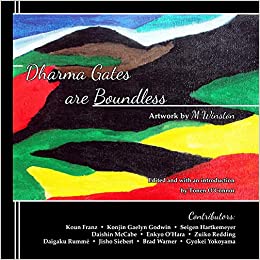This morning at City Center’s work circle, Keith Baker, who gives an ASL lesson every morning, taught us to sign: “Let-us Remember 9-11; And Everyone’s Well-Being.” I remember that on 9/11/2001 I was on a break from Tassara, staying with a friend in Berkeley on my way to visit my parents in New York City, when the news was on TV. I volunteered to help the Buddhist Peace Fellowship organize a community meeting. That event impacted all of us, whether we were alive at that time or not, as our country and world have been changed by it.
Transitions are in the air! Last week I attended the Stepping Down Ceremony of Les Kaye, founding and guiding teacher of Kannon Do Zen Meditation Center in Mountain View. The Sangha rehearsed for the ceremony supported by Taiga Ito and other priests from the Soto Zen International Center based in San Francisco. Great appreciation was expressed for Les’s over fifty years of teaching.
There were also Stepping Down and Mountain Seat Ceremonies at Sonoma Zen Mountain Center when Jakusho Kwong Roshi, a student of Shunryu Suzuki Roshi, who founded SZMC in 1973, passed the leadership of the temple to his son, Nyoze Kwong. A local newspaper described the ceremony.
Hoitsu Suzuki Roshi and his son Shungo Suzuki attended the ceremonies at SZMC and Kannon Do and spent a night at City Center before returning to Japan. It was the weekend of our annual Suzuki Roshi memorial services on the 3rd and 4th of every month, and the connection to Shuryu Suzuki felt very strong.
Last week I also went to a joyful celebration of Kaz Tanahashi’s 90th birthday at Green Gulch Farm. Many of us have read Kaz’s translations of Dogen, studied calligraphy with him, or appreciated his brushwork and his activism. A tree was planted in his honor in the GGF Peace Garden.
I met with Anna Malo, San Francisco Zen Center’s Conference and Program Manager, this morning to talk about this summer’s Tassajara Sangha weeks and what SFZC is planning for summer 2024. This summer 25 Branching Streams Sanghas went to Tassajara for five-day Sangha Weeks! Anna expressed her gratitude to all the sanghas who participated. She said the sanghas “breathed life back into the Valley.” I’ve heard reports from many of you about how valuable your time at Tassjara was for bringing sangha members closer together and strengthening your practice.
The good news is that Anna will be inviting the sanghas that participated this summer to return for Sangha Weeks in 2024! It may be possible to organize some sangha weeks at Green Gulch Farm as well in 2024; please let me know if you are interested.
Many Branching Streams sanghas have not yet made an Annual Contribution for 2023. You can do so either electronically through the website, or by writing a check to San Francisco Zen Center, with the name of your sangha on the memo line, and send it to 300 Page Street, San Francisco, CA 94102, attn: Tova Green. I will be following up with sangha leaders individually later this month.
If there are ceremonies, celebrations or mournings, or programs your Sangha would like mentioned in a Newsette, please email the information to me at branchingstreams@sfzc.org.
Taigen Dan Leighton, guiding teacher at Ancient Dragon Zen Gate in Chicago Il, will be offering an online Seminar on Dogen’s Extensive Record on October 21 from 1 to 4:30 p.m. CT. For more information, email info@ancientdragon.org. A flyer is attached.
For those of us who love the poetry of Jane Hirshfield, her newest book, The Asking: New and Selected Poems, is being released this week. She is giving many readings this month in the SF Bay Area, Sonoma County, and Seattle.
Our Branching Streams Gathering begins next Monday, September 16th in Santa Cruz. Sixty people from thirty Branching Streams sanghas will be exploring the theme, Transitions. We will be sharing what we learn in future Newsettes and on the Branching Streams website.
Next week is the Autumn Equinox, as we transition from summer to autumn. Transitions are everywhere!
I will write my next Newsette after the Gathering.



